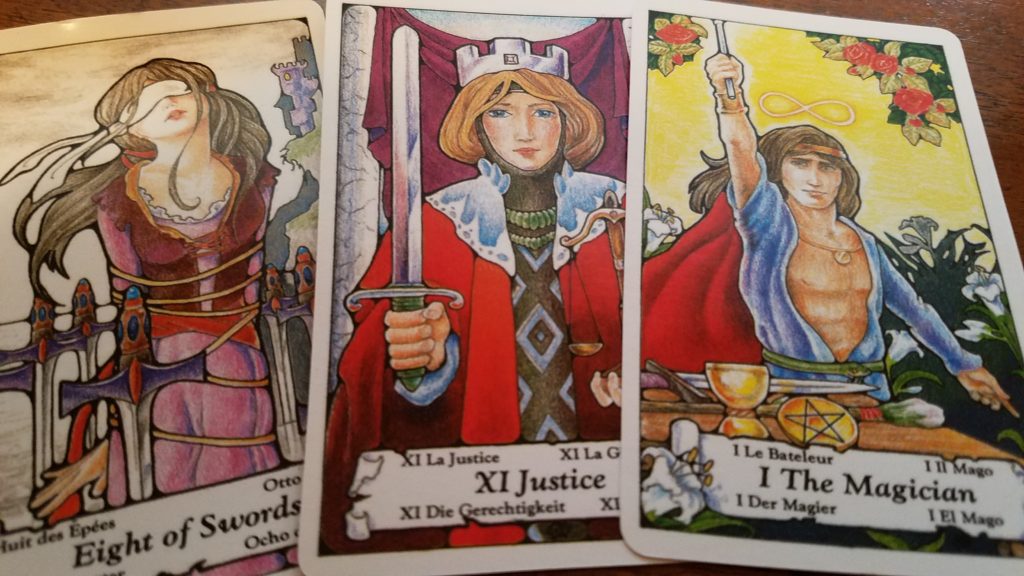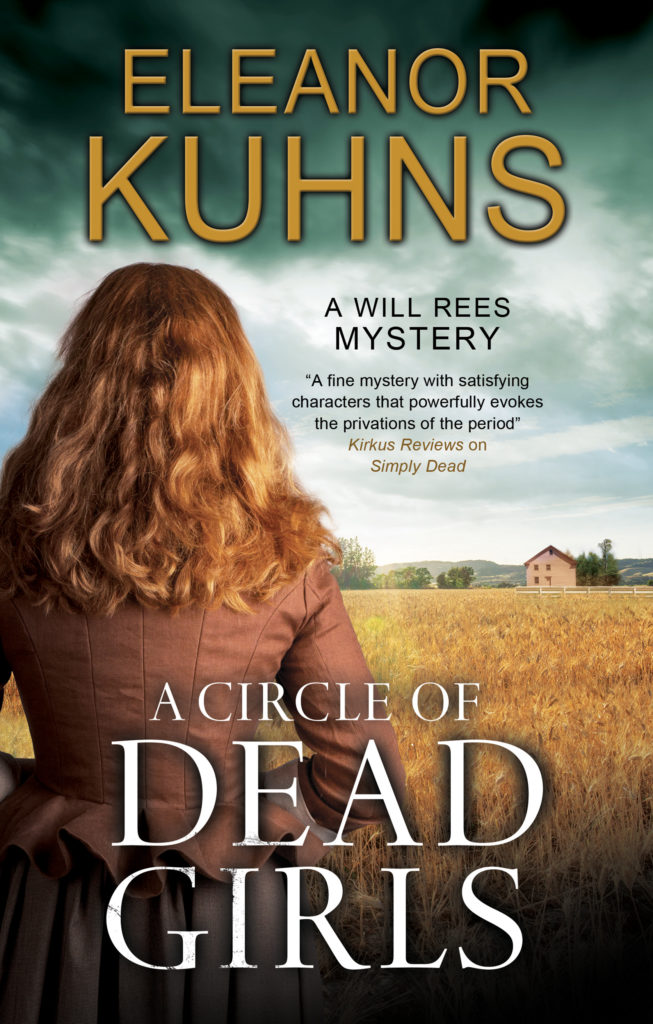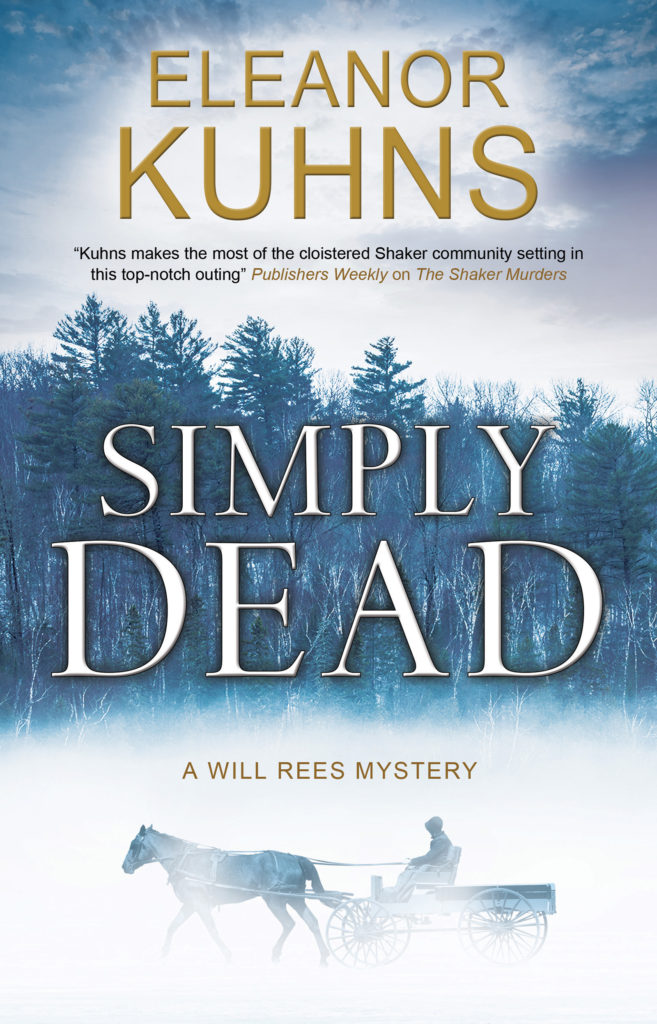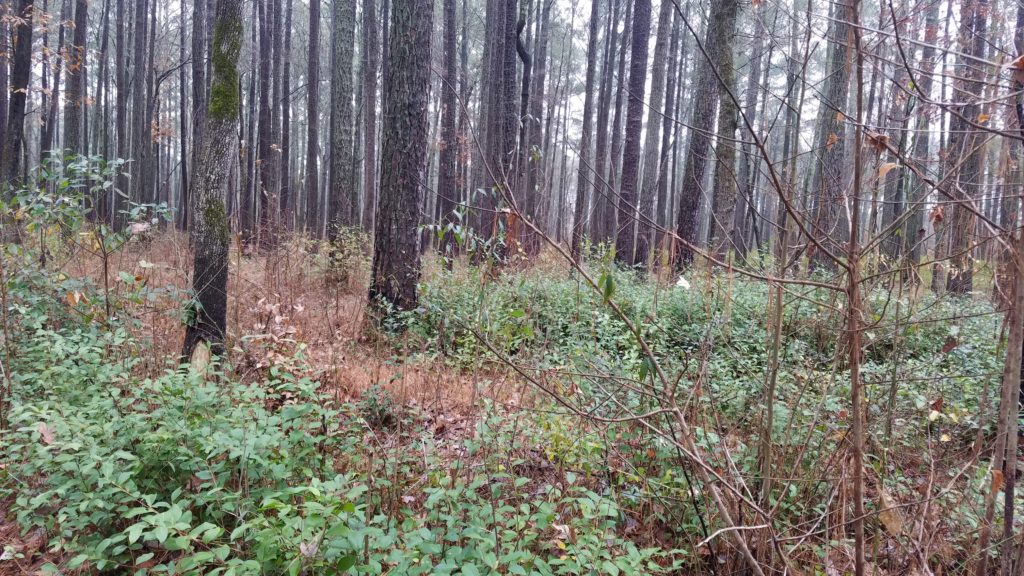Why did I include the Tarot in A Circle of Dead Girls? The short answer is I wanted to be able to comment on the action and on Rees’s investigation in an oblique way. Although Bambola is the character who believes in the cards, she also does not listen to what they are saying to her. And Rees, although he is skeptical of anything that is not concrete, is surprised by the accuracy of some of the readings.
Do I believe? Well, I have friends who do. The readings they have done for me have sometimes been surprisingly accurate. So how does one align something that purports to foretell the future with the practicalities of the here and now?
I believe that some people are unusually intuitive. We all use non-verbal clues to understand another person’s distress, anger or joy. Some of us are amazingly good at that. I suspect that the cards allow this intuitive reader to focus and, in doing so, really hone in on the person sitting on the other side of the table and understand far more about them than they might consciously.
One further note about the tarot my mystery. Bambola associates justice with Rees. I would postulate that most of the protagonists in mystery novels have that passion. They don’t give up even when threatened with death. And a good thing for those of us who love reading mystery novels.








